Understanding the Types of Machinery Installations and Their Unique Challenges
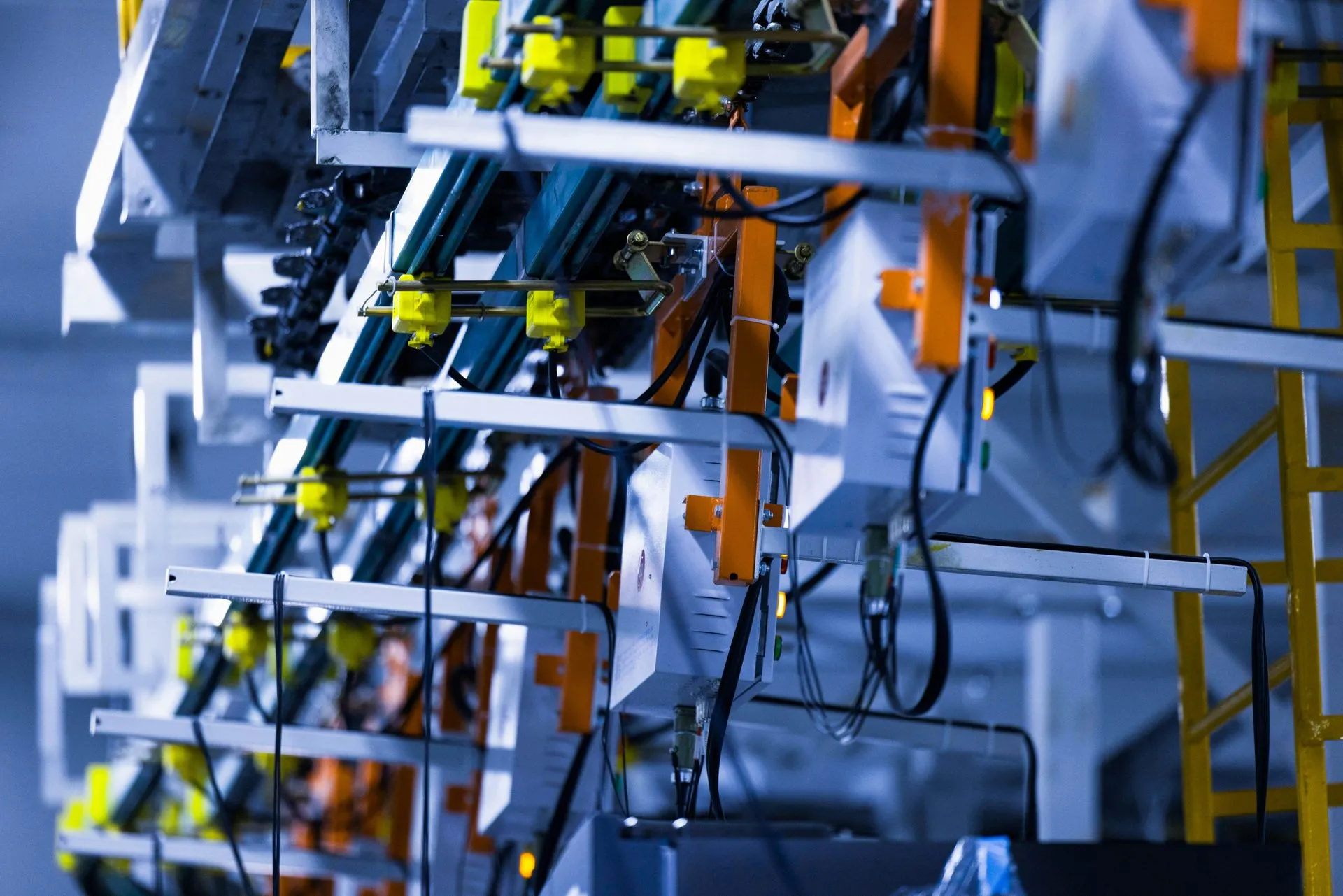
Installations of heavy industrial machinery and manufacturing equipment are far from simple tasks. Whether setting up new equipment, relocating existing machinery, or upgrading an entire system, each installation brings a unique set of challenges that must be carefully managed. Understanding these challenges is crucial for project managers and business owners to ensure a smooth installation process that minimizes downtime and maximizes efficiency.
In this blog, we’ll explore the different types of industrial installations—new equipment installations, relocations, and upgrades—and the technical, logistical, and operational challenges associated with each.
New Equipment Installations: The Challenge of Starting Fresh
Installing new equipment in a manufacturing facility is often seen as straightforward. However, it requires careful planning and coordination, especially for large-scale machinery. The challenges here primarily fall into the technical and logistical categories.
Technical Challenges: New equipment installations require precise calibration and alignment. Whether it’s CNC machines, presses, or conveyor systems, ensuring everything is installed correctly from the start is critical to avoiding costly errors. Installing such equipment also requires specialized knowledge, as improper setup can lead to inefficiencies, safety hazards, or even equipment failure.
Additionally, integrating new machines with existing systems can pose significant technical hurdles. New machines must communicate seamlessly with existing software, sensors, and control systems in a highly automated environment. Failure to integrate correctly can result in delayed production, data mismanagement, or malfunctions.
Logistical Challenges: Bringing in heavy industrial machinery is more complex than placing an order and plugging it in. Many new machines require special handling, including heavy-duty transportation, rigging, and crane services. Coordinating delivery schedules, obtaining permits, and ensuring the equipment can be moved into place without disrupting existing operations all add complexity to the process. In some cases, entire walls or ceilings must be temporarily modified to allow large equipment to enter a facility.
Furthermore, power and utility requirements must be considered. Many types of heavy machinery have specific voltage, air pressure, or cooling needs. This may require the facility’s infrastructure modifications, such as upgrading electrical systems or installing specialized HVAC equipment to support the new machines.
Relocating Equipment: Moving Without Missing a Beat
Relocating existing machinery from one part of a facility to another—or even from one facility to another—is often viewed as more challenging than new installations. The logistical and operational hurdles involved can be particularly daunting.
Logistical Challenges: One of the biggest challenges in relocating equipment is minimizing downtime. When critical machinery needs to be moved, every minute of downtime translates into lost production, making it essential for project managers to plan the process carefully. Coordinating equipment disassembly, transportation, and reassembly without significantly impacting production schedules requires excellent precision.
In many cases, machinery must be moved during off-hours or weekends to maintain regular operations. This adds pressure to complete the move quickly while ensuring no steps are overlooked. Proper rigging and transport methods must be employed to avoid damage to delicate components or misalignments affecting performance after the move.
Operational Challenges: Once the equipment is relocated, it must be recalibrated, aligned, and tested to ensure it operates as before the move. This process can be complex, particularly for machinery that has been in place for years and may have settled into its environment. Proper documentation and understanding of the equipment’s original setup are crucial to ensuring a smooth transition.
Furthermore, when moving machinery to a new facility, businesses may face additional challenges, such as ensuring the new location meets all of the equipment’s technical specifications, including floor space, ceiling height, and power supply requirements.
Upgrading Existing Equipment: The Balance Between Old and New
Upgrading industrial machinery can be a more nuanced challenge, often involving working with new and old components. An upgrade aims to enhance performance, extend equipment life, or introduce new technology without disrupting current operations.
Technical Challenges: Integrating new components into older machinery can be technically challenging, especially when the older equipment may not have been designed with modern technology in mind. For example, upgrading the controls of an older machine to accommodate new software may require rewiring, reprogramming, or retrofitting parts. This process requires a thorough understanding of the existing system and the latest technology being introduced.
Another common technical hurdle is ensuring that upgraded machinery meets current safety standards. Upgrading equipment may involve installing new safety features like emergency stop systems, updated guarding, or advanced monitoring sensors. Ensuring these systems work cohesively without interfering with the machine’s core functions can be tricky.
Logistical Challenges: Upgrading machinery often requires temporarily shutting down the equipment, which can disrupt production schedules. As with relocations, careful planning is required to schedule the upgrade during periods of minimal impact, such as overnight or during slow production times.
Additionally, sourcing compatible parts for older machinery can be challenging. Custom fabrication may be required to ensure that new components fit seamlessly into the existing system, adding another layer of complexity to the logistics of upgrading equipment.
Conclusion: Navigating Installation Challenges
Each installation type presents unique challenges, whether installing new equipment, relocating existing machinery, or upgrading a system. Project managers and business owners must consider each type’s technical, logistical, and operational aspects to ensure a smooth and efficient installation process. From precision alignment and integration to minimizing downtime and ensuring safety compliance, the complexities of installing heavy industrial machinery and manufacturing equipment cannot be underestimated.
At APS Industrial Services, we specialize in handling all aspects of industrial machinery installations, including new setups, relocations, and upgrades. Our experienced team ensures that your equipment is installed safely, efficiently, and with minimal disruption to your operations. Contact APS Industrial Services today to learn more about how we can assist with your next installation project.
Newsletter
Don't miss a thing!
Sign up to receive daily news
Recent Posts
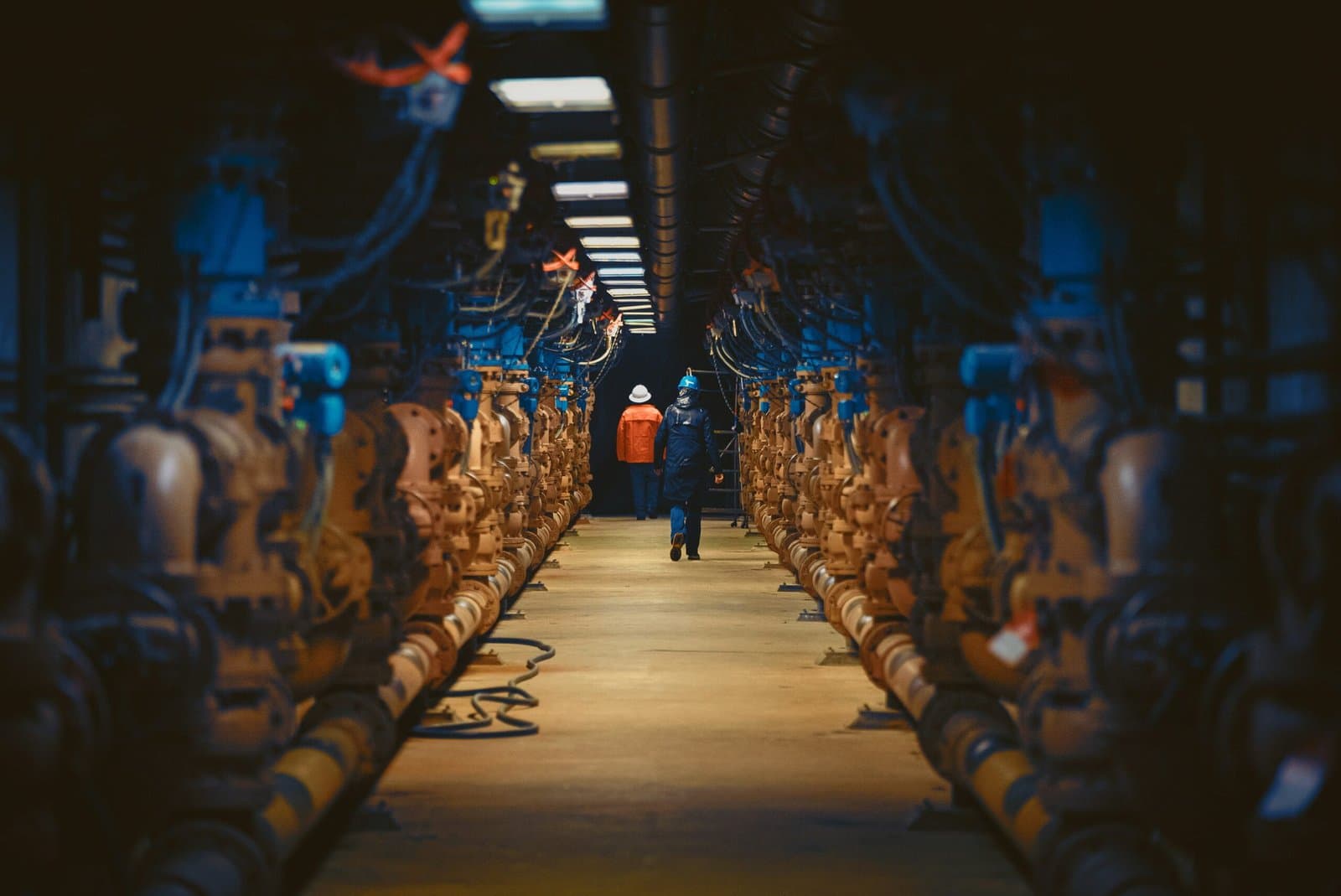
august 30, 2025
Decommissioning a Facility: How to Turn It into a Profitable Venture
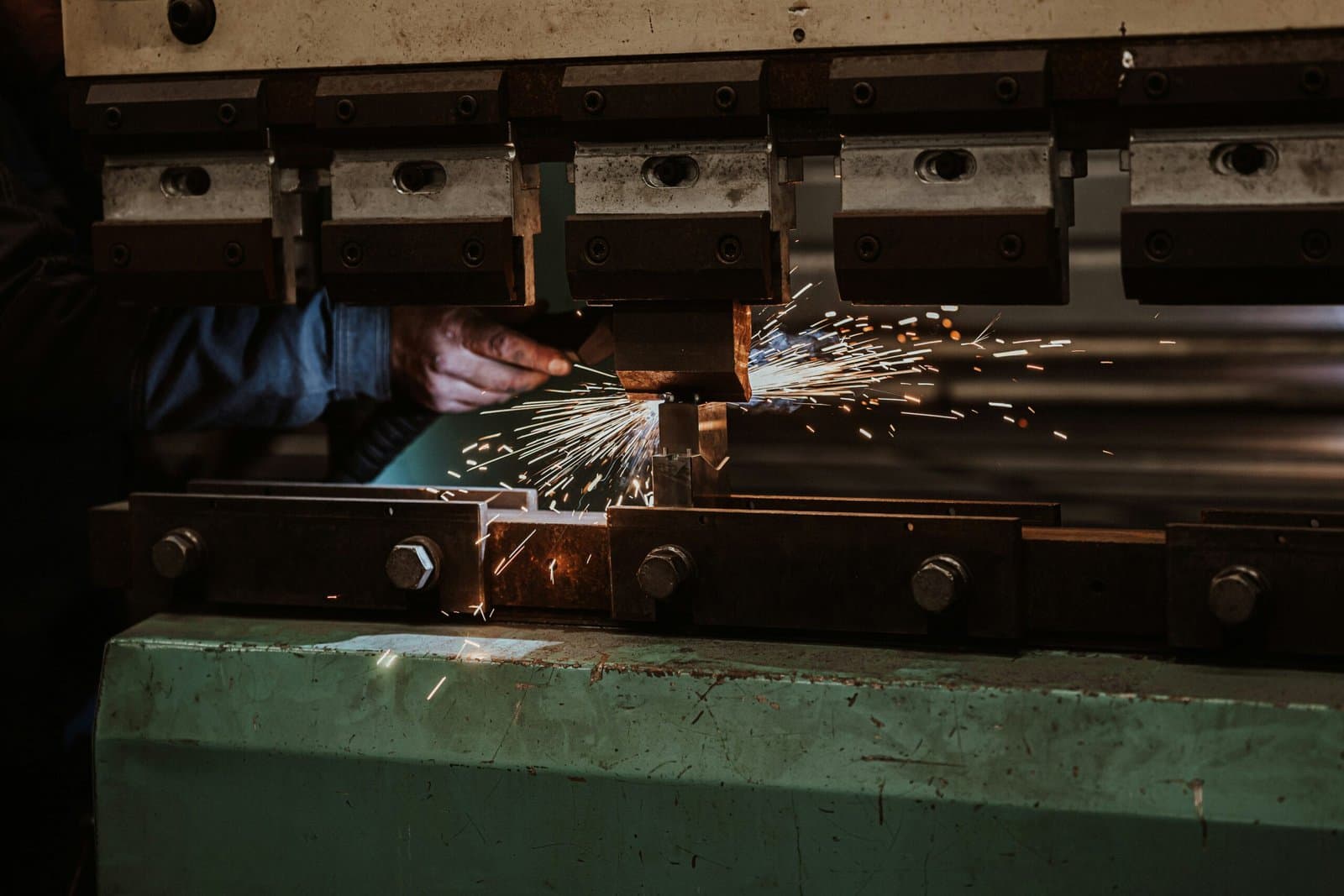
august 25, 2025
Hydraulic Press Maintenance 101
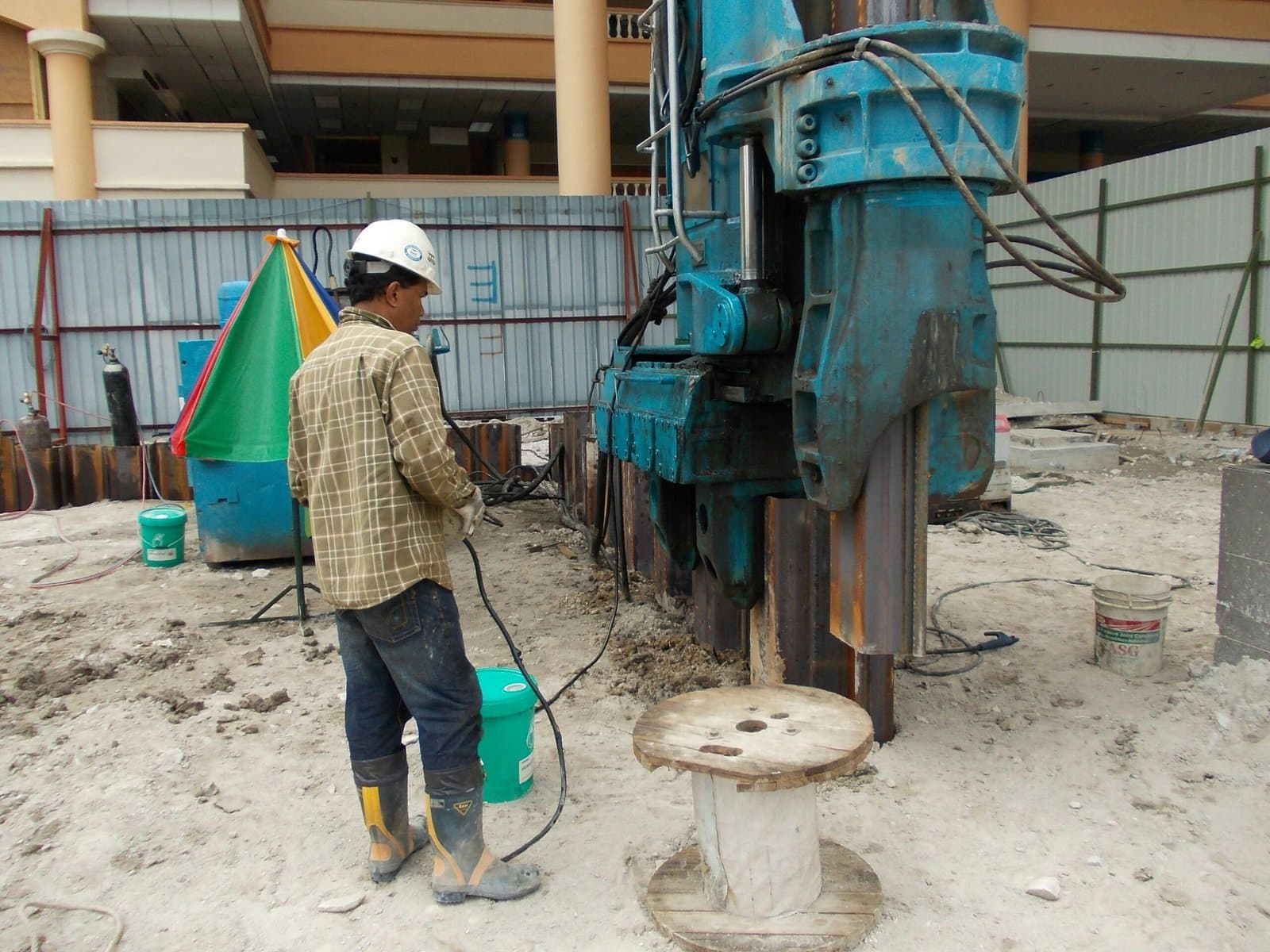
august 18, 2025
Rigging Machinery: The Challenge of Moving and Installing Outdated vs. Modern Equipment

august 16, 2025
Conveyor System Maintenance: 5 Early Warning Signs of Failure

august 14, 2025
Predictive Maintenance: The Smarter Alternative to Costly Reactive Repairs
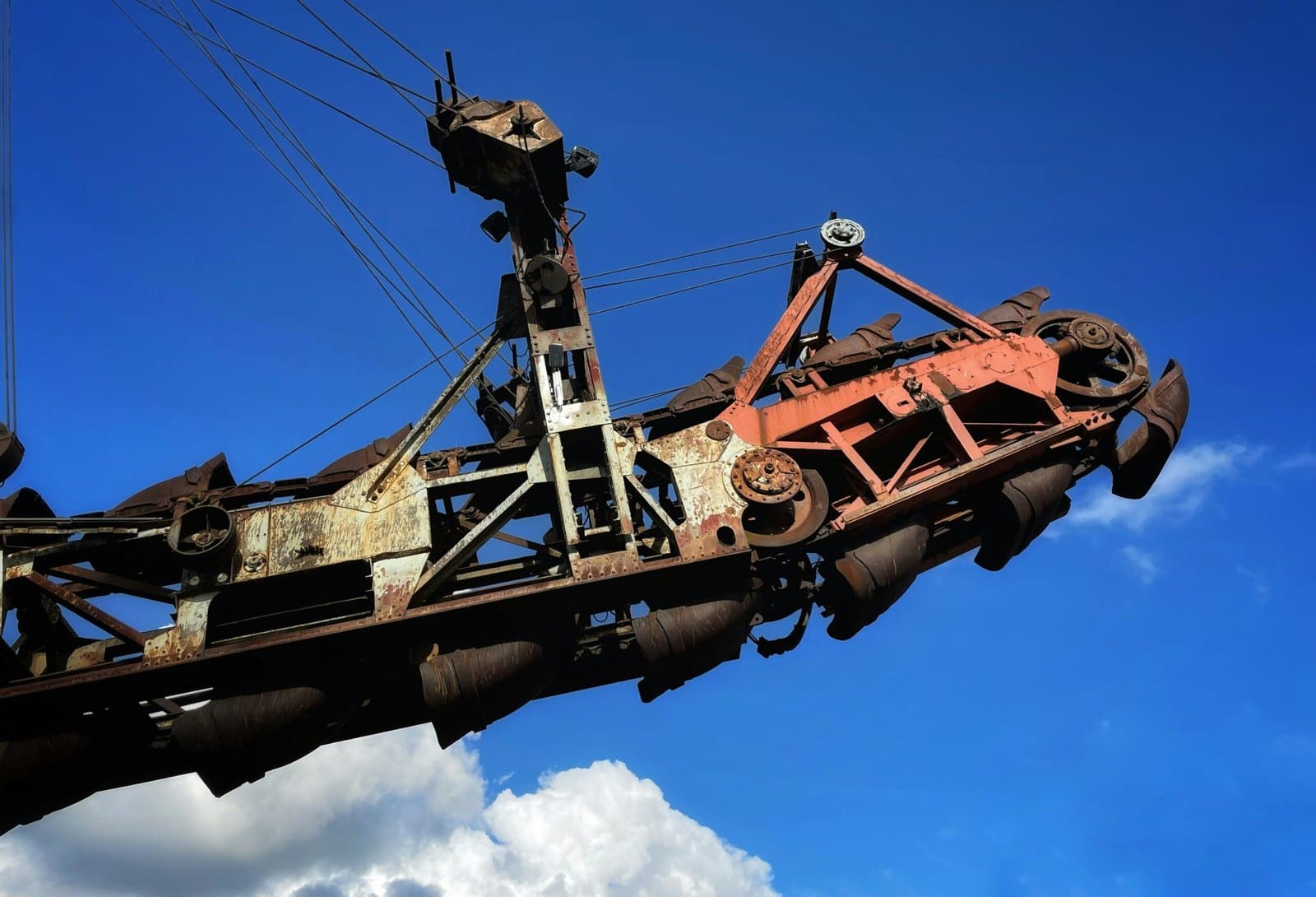
august 11, 2025